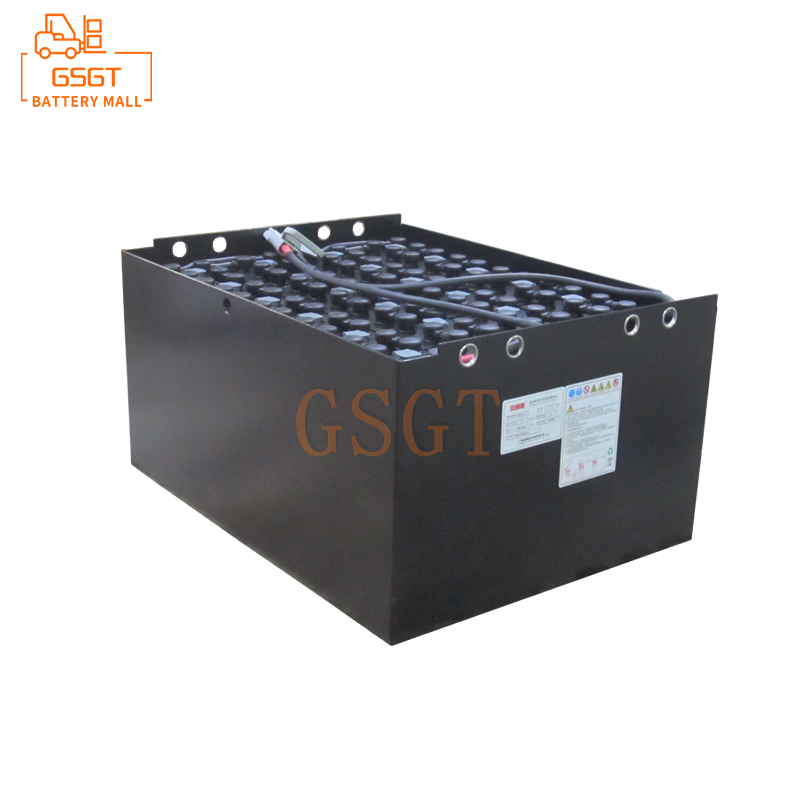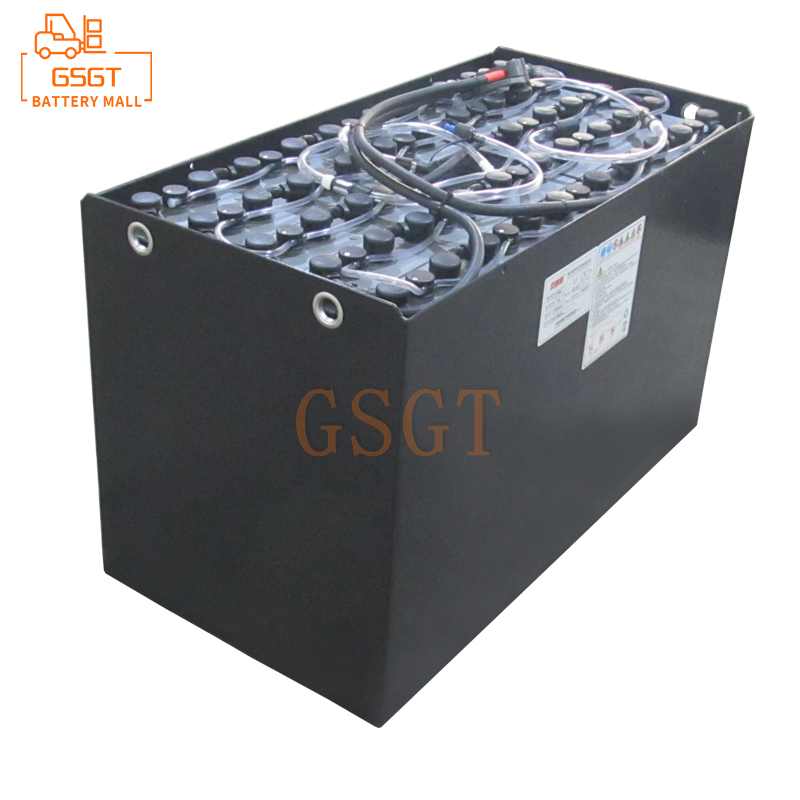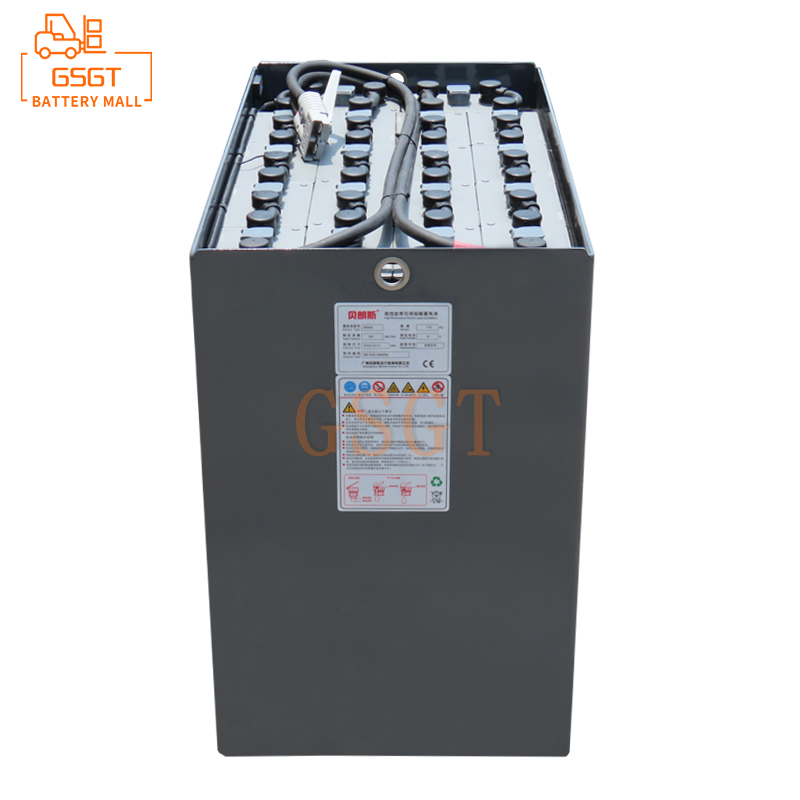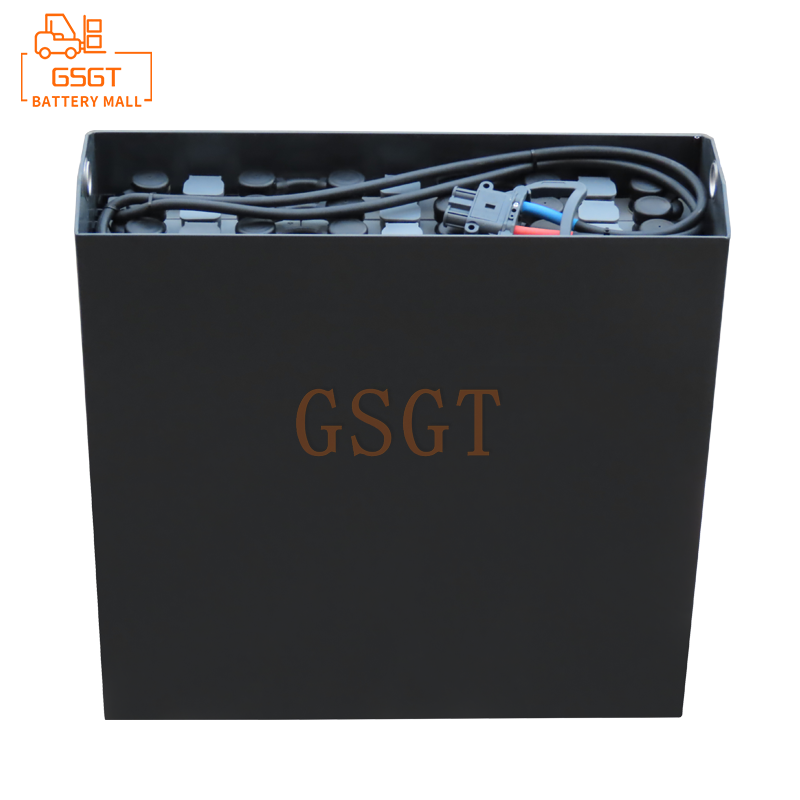Time:2025-06-14 11:28:59
Browse:606
1. Introduction
In modern logistics and industrial production, forklifts, as key material handling equipment, their efficient and stable operation is of vital importance. Lead-acid batteries have become a widely adopted power source for forklifts due to their advantages such as low cost and mature technology. However, when the operating environment temperature of forklifts drops, the performance of lead-acid batteries, especially their capacity retention ability, will be significantly challenged. This not only affects the working efficiency of forklifts but may also increase operating costs. An in-depth exploration of the capacity maintenance issue of forklift lead-acid batteries in low-temperature environments is of great practical significance for enhancing the operational capacity of forklifts under cold conditions.
2. The Impact of Low Temperature on the Capacity of Lead-acid Batteries
2.1 Capacity has decreased significantly
A large amount of research and practical application data show that low temperatures can cause a significant reduction in the capacity of lead-acid batteries. Under normal circumstances, for every 1℃ drop in ambient temperature, the battery capacity decreases by approximately 0.8% to 1%. For instance, in a low-temperature warehouse at -10℃, the battery capacity may decrease by 8% to 10% compared with the normal temperature (around 25℃). When the temperature drops to -20℃, the actual discharge capacity of the battery may even be only 40% to 60% of that at normal temperature, which significantly reduces the driving range and working time of forklifts in low-temperature environments.
2.2 Changes in discharge characteristics
Under low-temperature conditions, the discharge curve of lead-acid batteries undergoes significant changes. At the initial stage of discharge, the voltage drop rate accelerates, and throughout the discharge process, the voltage platform becomes low and unstable. This means that when forklifts are in operation, their power output will decline earlier, making it difficult to maintain stable working performance. For instance, when handling heavy objects, there may be situations such as a slower lifting speed and insufficient driving power.
3. The Internal Mechanism of Low Temperature Affecting the Capacity of Lead-Acid Batteries
3.1 Changes in electrolyte performance
Low temperature leads to an increase in the viscosity of the sulfuric acid solution in the electrolyte, and the resistance to ion migration significantly increases. The movement of sulfate ions and hydrogen ions between electrodes becomes difficult, resulting in a reduction in the number of ions involved in the electrochemical reaction and a decrease in the reaction rate, thereby limiting the discharge capacity of the battery. Meanwhile, the conductivity of the electrolyte decreases at low temperatures, further increasing the internal resistance of the battery and hindering the effective transmission of electrical energy.
3.2 The electrode reaction kinetics was blocked
The electrode reaction kinetics of lead-acid batteries is extremely sensitive to temperature. In a low-temperature environment, the electrochemical reaction rate constant on the electrode surface decreases, and the reactivity of lead dioxide at the positive electrode and lead at the negative electrode reduces. The oxidation reaction of lead on the negative plate to form lead sulfate becomes slow, and the resulting lead sulfate crystalline particles are fine, which are prone to clogging the micropores of the plate, reducing the utilization rate of active substances and further weakening the capacity of the battery.
3.3 Intensification of concentration polarization
During high-current charging and discharging, concentration polarization has a significant impact on the performance of lead-acid batteries. At low temperatures, the diffusion rate of ions in the electrolyte slows down, the ion concentration difference between the electrode surface and the bulk solution increases, and the concentration polarization phenomenon intensifies. At the initial stage of charging, the negative plate will undergo severe concentration polarization, which limits the battery's charging acceptance capacity, leads to a decrease in charging efficiency, and subsequently affects the battery's subsequent discharge capacity.
4. Strategies for enhancing the Capacity maintenance of lead-acid Batteries in low-temperature environments
4.1 Battery Structure and Material Optimization
The development of lead-acid batteries suitable for low-temperature environments can start from the material of the plates and the formula of the electrolyte. The plates are made of new alloy materials, such as adding appropriate amounts of calcium, tin and other elements, to enhance the electrical conductivity and corrosion resistance of the plates, improve the adhesion between the active substances and the plates, and enhance the performance of the battery at low temperatures. Optimize the electrolyte formula, adjust the concentration of sulfuric acid, add low-temperature additives such as ethylene glycol and glycerol, lower the freezing point of the electrolyte, and increase its ionic conductivity at low temperatures, thereby enhancing the battery's capacity retention capacity.
4.2 Application of Temperature Management Technology
In the design of forklifts, introduce an effective battery temperature management system. Heating devices such as resistance wire heating and PTC (positive temperature coefficient thermistor) heating elements can be used to preheat the battery, enabling it to quickly rise to the suitable operating temperature range (20℃ - 25℃) in a low-temperature environment. Meanwhile, a temperature sensor is equipped to monitor the battery temperature in real time, and the heating power is automatically adjusted through the control system to prevent the battery from overheating. For some large forklifts, a combined temperature management method of liquid cooling or air cooling and heating can also be considered to ensure that the battery can maintain good working performance under different working conditions and environmental temperatures.
4.3 Adjustment of Charging Strategy
Optimize the charging strategy for lead-acid batteries in low-temperature environments. When the three-stage charging method of constant current - constant voltage - trickle is adopted, the initial constant current charging current should be appropriately reduced to minimize the influence of concentration polarization and prevent battery heating and gas evolution. During the constant voltage charging stage, the charging voltage is dynamically adjusted based on the battery temperature to compensate for the voltage drop caused by the increase in battery internal resistance at low temperatures, ensuring that the battery can be fully charged. In addition, a preheating charging mode is added. Before charging, the battery is preheated first. When the temperature rises to a certain level, regular charging is carried out. This can effectively improve the charging efficiency and the battery capacity recovery ability.
4.4 Strengthening of Daily maintenance and upkeep
It is of vital importance to strengthen the daily maintenance and care of forklift lead-acid batteries in low-temperature environments. Regularly check the electrolyte level, add distilled water in time to ensure that the electrolyte submerges the plates and maintains normal chemical reactions inside the battery. Check the connection of the battery terminals to ensure a firm connection and prevent increased resistance, heating or even sparking due to poor contact. Regularly perform deep charge and discharge maintenance on the battery, and carry out a complete discharge and recharging operation at least once a month to activate the active material on the plates and maintain the battery capacity. At the same time, pay attention to the cleanliness of the battery's appearance to avoid the accumulation of dust and impurities that may affect the battery's heat dissipation and performance.
5. Conclusion
Low-temperature environments have many adverse effects on the capacity retention of forklift lead-acid batteries. By deeply understanding its internal mechanism and taking targeted measures from multiple aspects such as battery structure and material optimization, temperature management, charging strategy adjustment, and strengthening daily maintenance and care, the capacity retention ability of lead-acid batteries at low temperatures can be effectively enhanced. Ensure the stable and efficient operation of the forklift in cold environments. With the continuous advancement of technology, it is expected that more high-performance low-temperature lead-acid batteries and their supporting technologies will be developed in the future, further expanding the application of forklifts in low-temperature operation scenarios.

$4900

$3050

$3670

$1200

MESSAGE
Professional And Efficient
Security
Affordable Price
Professional Services